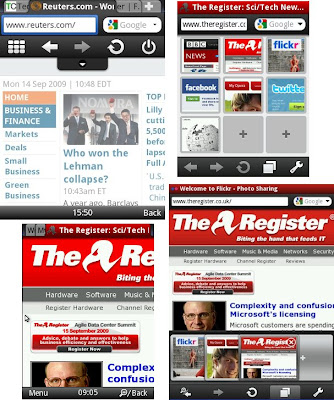 I blogged few months back about SMS for emergency services in USA now the same is being tried in UK.
I blogged few months back about SMS for emergency services in USA now the same is being tried in UK.Ofcom is trialling a new system to let deaf people access 999 services using text messaging.
The system lets users who can’t speak send a text message to emergency services. Their text is received by 999 assistants and read out to fire, police or other emergency service. A reply is also sent back via SMS.
The trial kicked off earlier this month, with Ofcom asking people to register to test the service. As the trial will use actual emergency messages, it needs enough people to register to get a good feel for how the system is working as most won’t actually have cause to use it.
To register, text “register” to 999; anyone not registered will not be able to use the service.
Ofcom noted that users shouldn’t assume their message has been received until they’ve received a reply, and that anyone sending hoax messages will be prosecuted.
If the trial goes well, the texting system could be in place as early as next year, Ofcom said. It’s being supported by the major telecoms companies, as well as emergency services and the Royal National Institute for Deaf People (RNID).
SMS to the emergency website here.











